Imagine wandering through a thick, emerald rainforest, the air heavy with mist and the soft sound of rain pattering on leaves. Somewhere above, a pair of amber eyes watches silently—unseen, unheard, and almost mythical. This is the world of the clouded leopard, a creature so elusive that even seasoned scientists have been left awestruck by its ability to disappear into the shadows. In a time when wildlife faces increasing threats, the clouded leopard stands as a symbol of beauty, mystery, and a dire conservation challenge: How do we protect what we can barely find?
The Enigmatic World of the Clouded Leopard
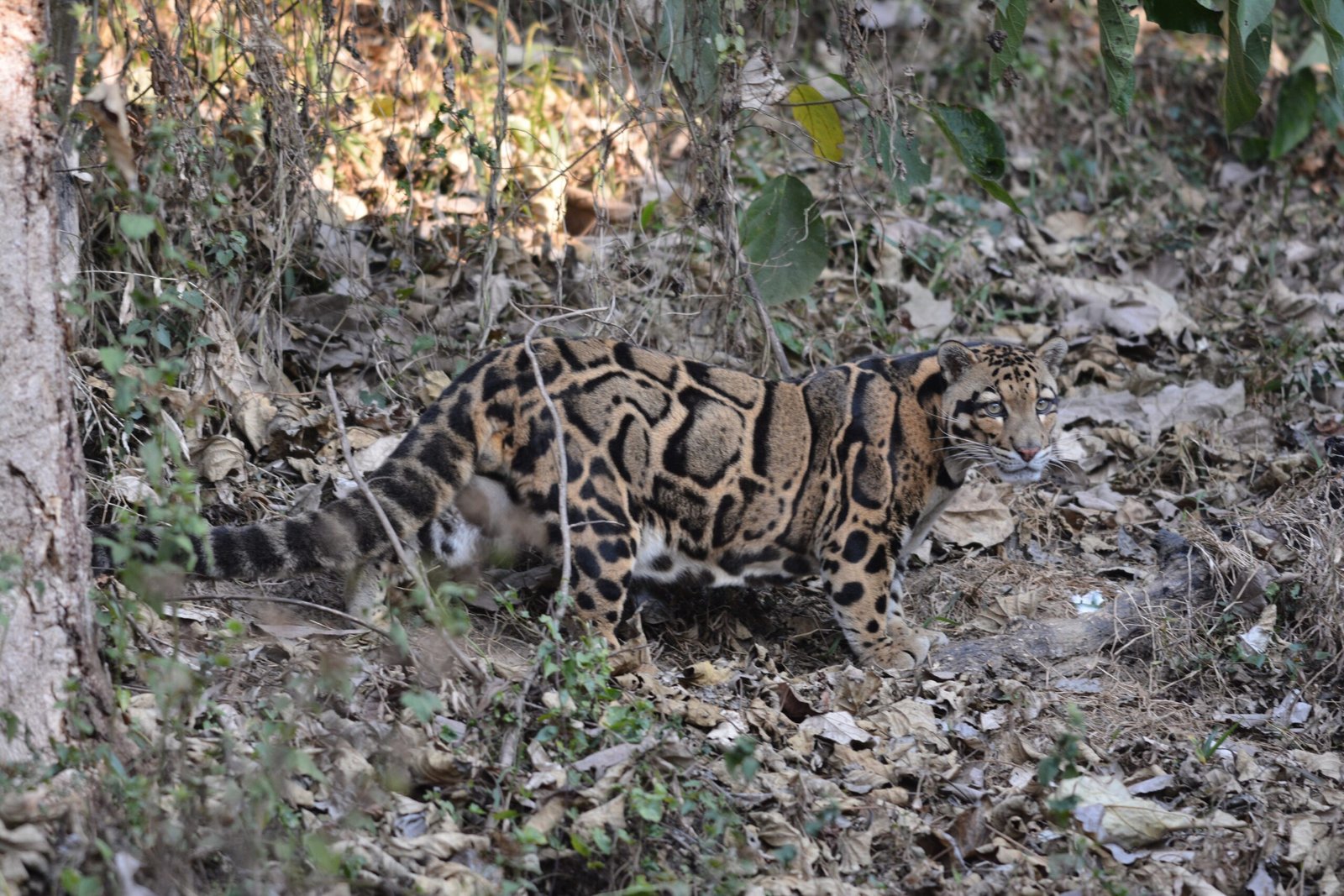
The clouded leopard, named for its striking cloud-like markings, is a master of disguise in the dense forests of Southeast Asia. With its long tail and agile body, it moves effortlessly along branches, vanishing within seconds. Unlike the roaring big cats that dominate the savannas, the clouded leopard is a whisper in the jungle—a shadow rather than a spectacle. Its secretive nature has made it one of the least understood wild cats, sparking a fascination that borders on reverence among those lucky enough to glimpse it. These cats are not only rare but also rarely seen, making every encounter a nearly magical event. Their ghostly presence is both their shield and their curse, protecting them from predators but making them nearly invisible to those who wish to help.
Unique Adaptations: Masters of the Canopy
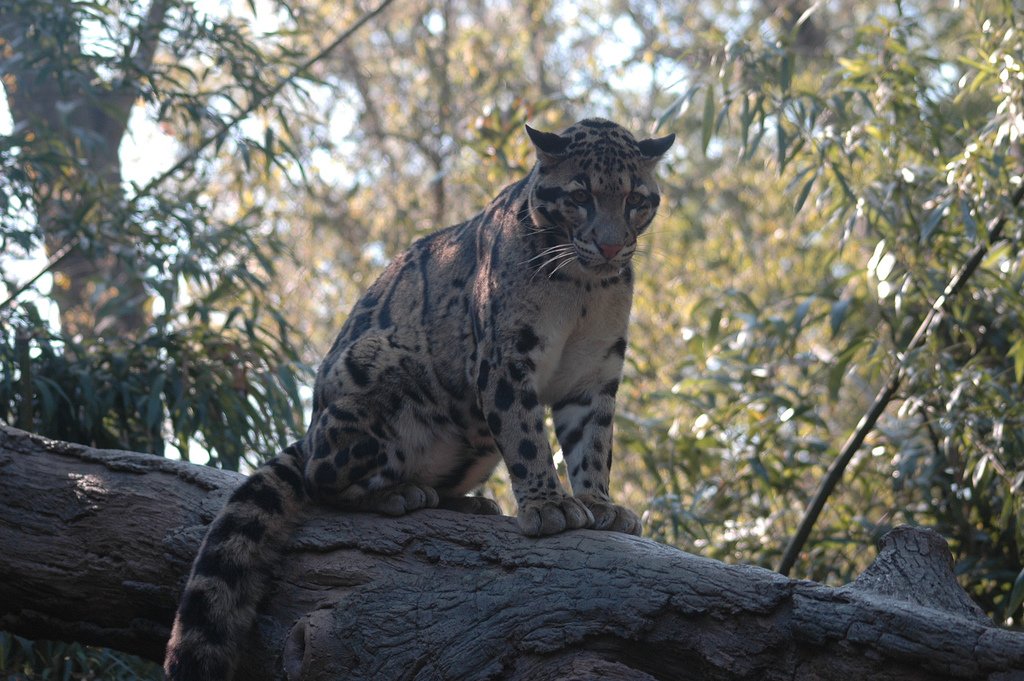
What sets the clouded leopard apart from other cats is its incredible adaptation to life in the trees. Its flexible ankle joints allow it to climb down tree trunks headfirst, a feat few cats can match. Its tail, almost as long as its body, provides perfect balance for navigating narrow branches. Even the shape of its paws and claws are designed for maximum grip, letting it stalk prey from above or escape danger with lightning speed. These adaptations have earned it the nickname “the acrobat of the forest.” Unlike larger cats that chase prey on the ground, the clouded leopard prefers the silence and safety of the canopy, moving through this leafy world with almost supernatural skill. Such specialized traits make it uniquely suited to its habitat but also vulnerable to changes in its environment.
Habitat Under Siege: The Threat of Deforestation
The lush forests that clouded leopards call home are disappearing at an alarming rate. Logging, agriculture, and expanding human settlements are carving up the once-continuous jungles into isolated patches. For a species that depends on large territories and dense cover, this fragmentation is devastating. Without the safety of the forest, clouded leopards are forced into riskier encounters with humans and other predators. The loss of habitat also means fewer opportunities for finding mates, leading to declining populations. In some regions, their traditional homes have been reduced to mere slivers of green amid a sea of development. The relentless march of deforestation is not just a threat to the clouded leopard—it’s an existential crisis.
The Elusiveness Problem: Stealth as a Double-Edged Sword
Being hard to find has kept the clouded leopard safe from many dangers, but it also makes it extremely difficult to study and protect. Scientists often rely on camera traps, footprints, or rare visual sightings to piece together the animal’s behavior and needs. Even with modern technology, months can pass without a single confirmed record. This scarcity of data creates a paradox: the more elusive the animal, the harder it is to convince authorities and the public of its need for urgent protection. The very traits that help the clouded leopard survive in the wild—stealth, silence, and solitude—also put it at greater risk in a world that is rapidly changing.
Scientific Sleuthing: Tracking the Unseen
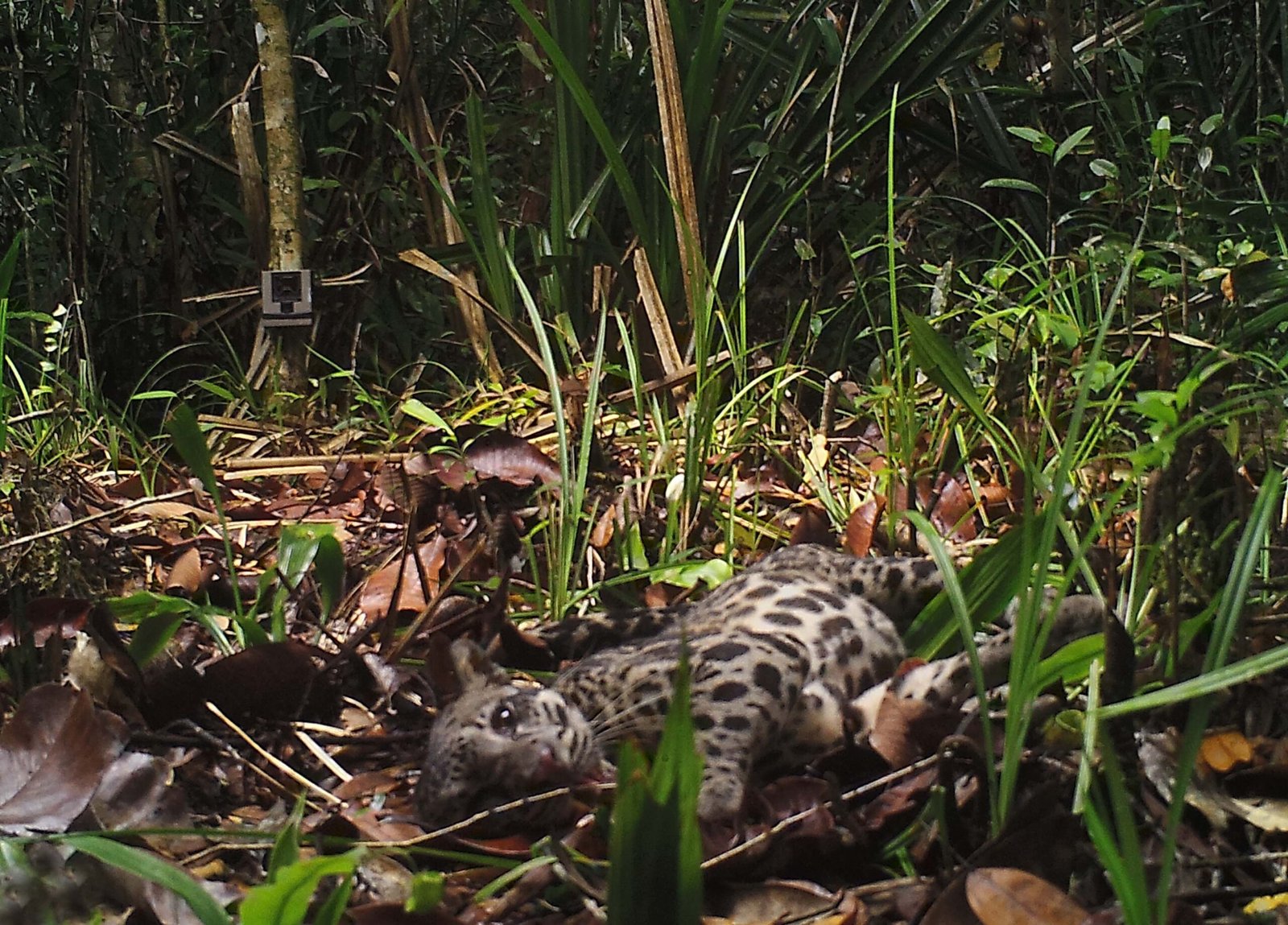
To overcome the challenges of studying such a secretive species, researchers have become detectives, using every tool at their disposal. Camera traps placed deep in the jungle capture fleeting glimpses of clouded leopards passing by, each image a treasure trove of information. Genetic analysis of scat and fur samples helps identify individual animals and track populations across fragmented habitats. Some scientists have even begun using satellite collars to follow the cats’ movements, though capturing one for tagging is a rare and delicate event. Every bit of data, no matter how small, is pieced together like a puzzle to reveal the hidden lives of these mysterious cats.
The Importance of Clouded Leopards in Their Ecosystem
Clouded leopards play a crucial role in maintaining the balance of their ecosystem. As stealthy predators, they help keep populations of smaller animals in check, preventing overgrazing and promoting healthy forests. Their presence indicates a thriving, biodiverse environment, making them a key species for conservationists to monitor. When clouded leopards disappear from an area, it often signals deeper problems within the ecosystem—like a silent alarm that something precious is being lost. Protecting these cats means safeguarding the entire web of life they support, from birds and monkeys to the ancient trees themselves.
Cultural Significance: Legends and Lore
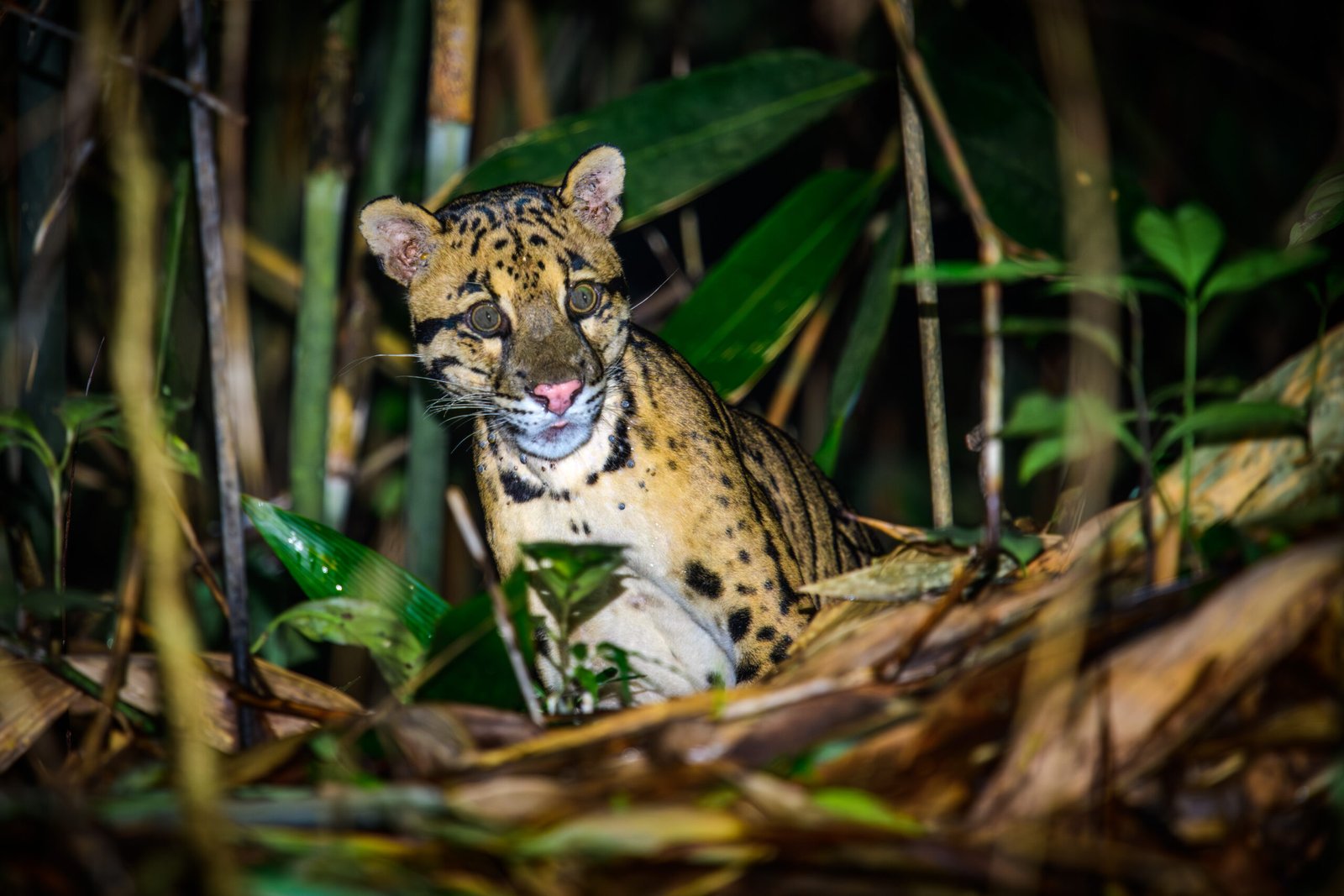
Across Southeast Asia, the clouded leopard has inspired countless stories, myths, and even superstitions. In some cultures, it is seen as a spirit of the forest, a guardian that moves unseen and unheard. Others believe spotting a clouded leopard brings good luck or is a sign from the ancestors. These beliefs have sometimes protected the species, discouraging hunting or harm, but at other times, their beauty has made them a target for illegal wildlife trade. The cat’s enigmatic nature continues to weave its way into the hearts and minds of people living alongside it, adding a layer of cultural urgency to its conservation.
The Human Factor: Poaching and Illegal Trade
Despite its elusive behavior, the clouded leopard is not immune to human greed. Its stunningly patterned fur and impressive teeth have made it a target for poachers and collectors. In illegal markets, clouded leopard pelts are sold as luxury items, and their bones are sometimes used in traditional medicines. These threats are compounded by weak enforcement of wildlife protection laws in many regions. Even a small increase in poaching can have a devastating effect on already dwindling populations. The shadowy world of wildlife trafficking is a constant danger, lurking just beyond the forest’s edge.
Conservation Strategies: Innovation and Hope
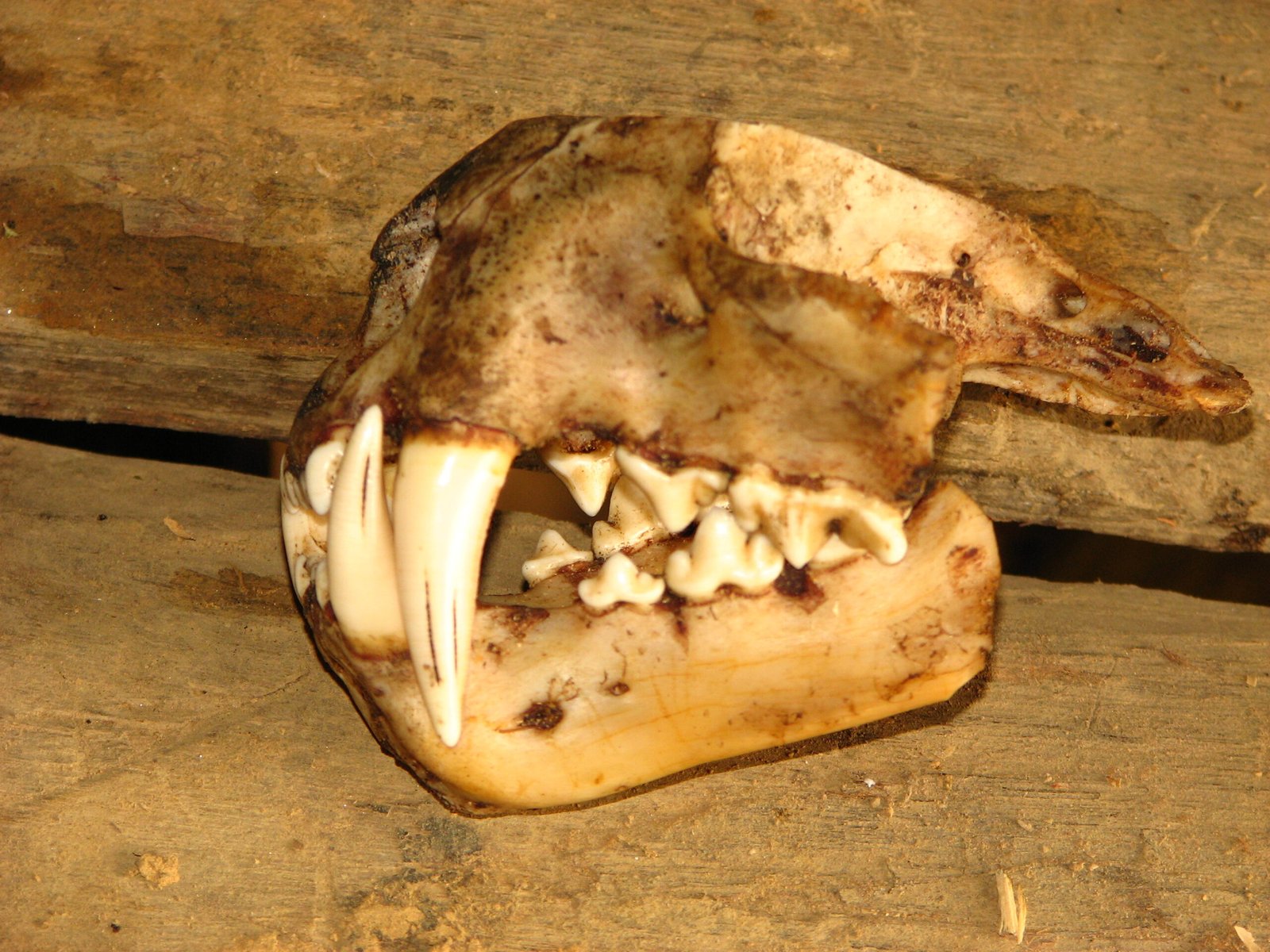
Protecting the clouded leopard requires creativity, collaboration, and determination. Conservationists are working with local communities to create protected areas, restore damaged habitats, and reduce conflicts with humans. Education programs teach people the value of living alongside these cats and discourage illegal hunting. International cooperation is vital, as clouded leopards cross borders and need safe passage through fragmented landscapes. Technology, from drones to satellite tracking, offers new ways to monitor and protect these animals. Every small victory, whether a new cub sighting or a protected forest corridor, is a beacon of hope for the future.
The Power of Awareness: Inspiring Public Support
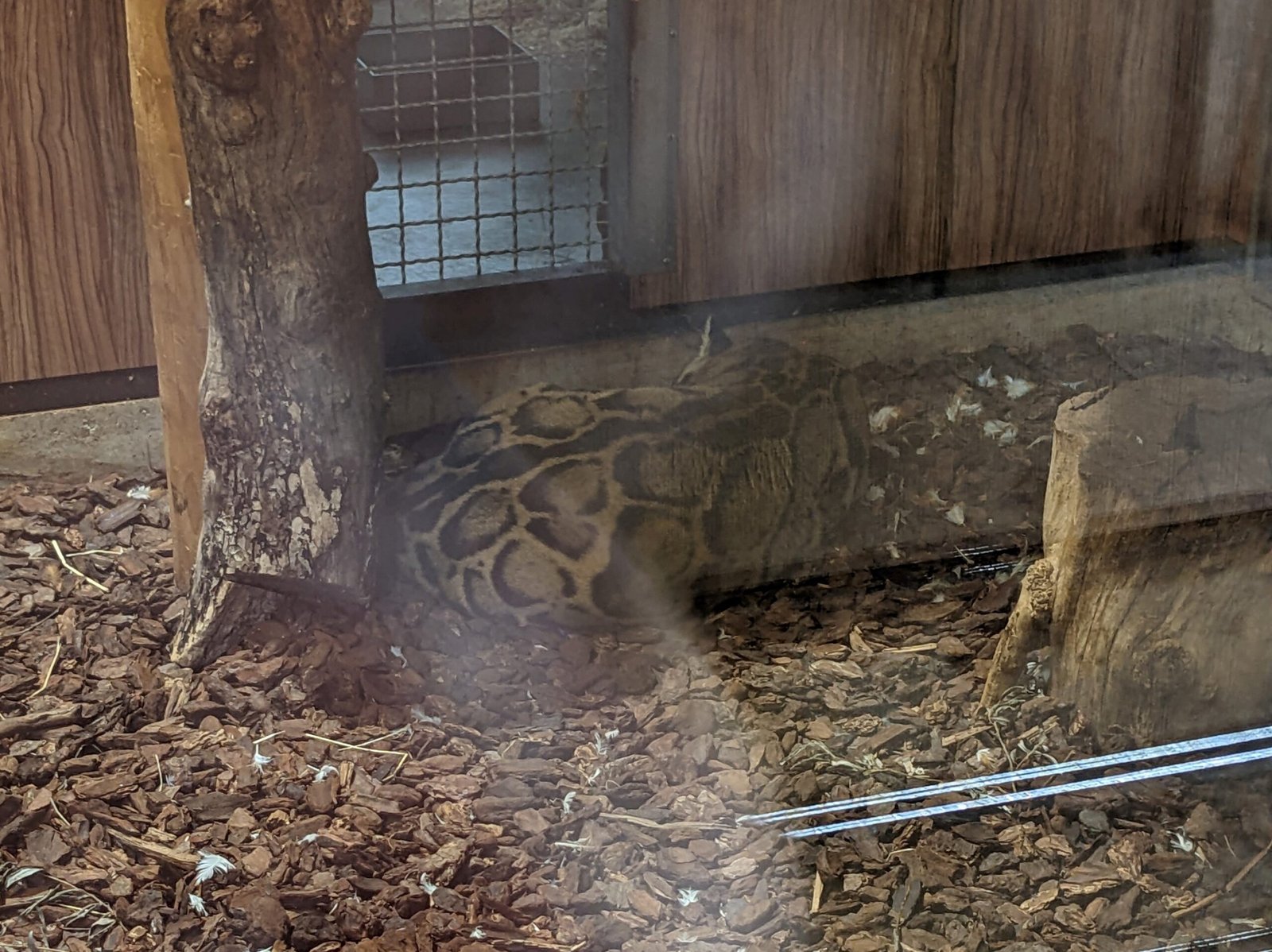
One of the biggest challenges in saving stealthy species like the clouded leopard is getting people to care about something they may never see. Stunning photos, documentaries, and stories shared online are helping to bring the clouded leopard out of the shadows and into the public eye. Conservation groups are harnessing the power of social media to spread awareness and raise funds. When people learn about the clouded leopard’s plight, many are moved to take action—whether by supporting conservation efforts, changing their buying habits, or simply spreading the word. Public awareness is a force as powerful as any law or policy in the fight to save these mysterious cats.
Looking Ahead: The Future of Stealthy Species
The fate of the clouded leopard is tied to the fate of countless other stealthy species facing similar challenges. Protecting these animals means thinking beyond traditional conservation methods, embracing science, technology, and community engagement. It’s a race against time, as habitats shrink and threats multiply. Yet, the resilience and adaptability of the clouded leopard inspire hope. Perhaps their greatest lesson is this: Even the most elusive creatures deserve a future. Will we rise to the challenge and ensure they remain more than just a memory?




